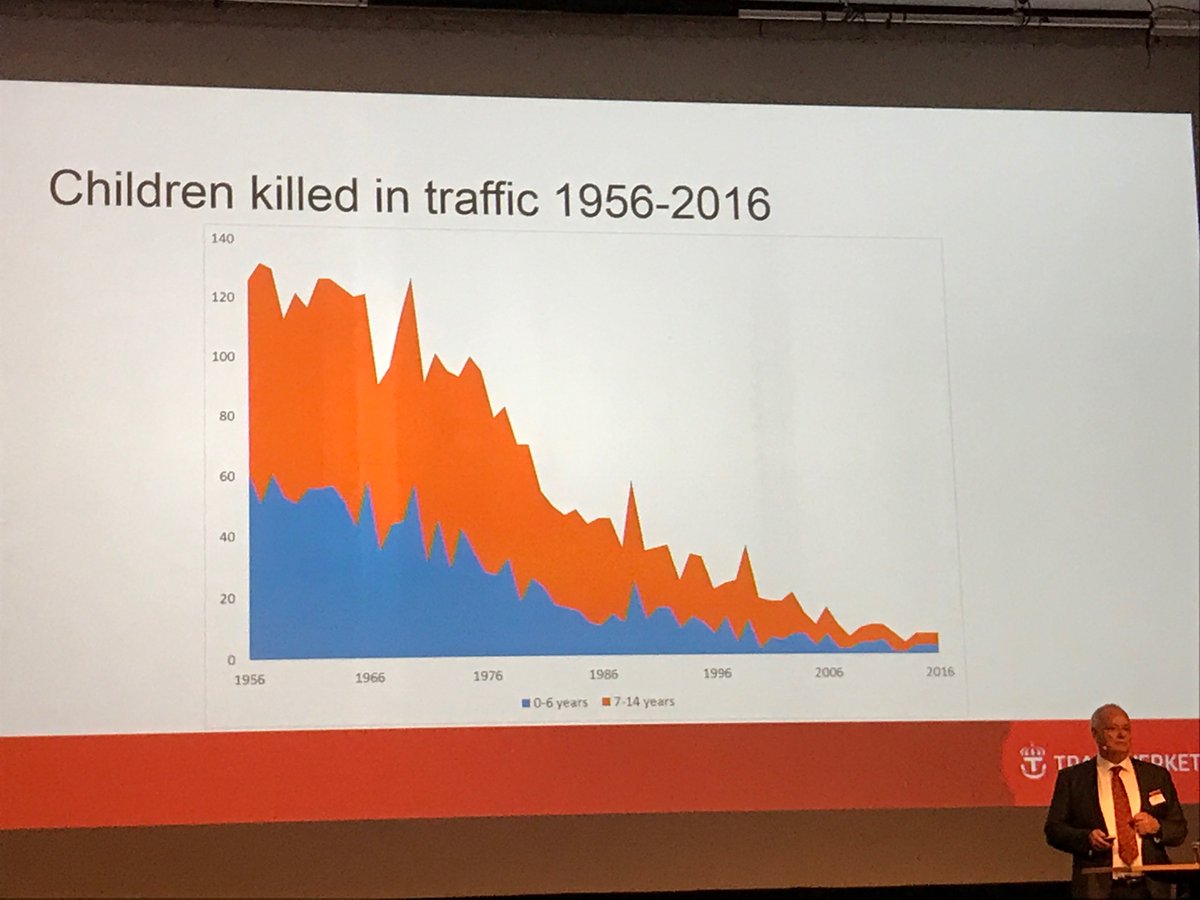tripwire
Active Member
I'm definitely in the camp that this is a freak accident, and putting up barriers is a knee-jerk reaction. Yes it's definitely tragic, but young ones like the 5 year old needs more supervision than an older individual. I do welcome the study that is happening, hopefully it will shed light on whether barriers are needed here or not.


